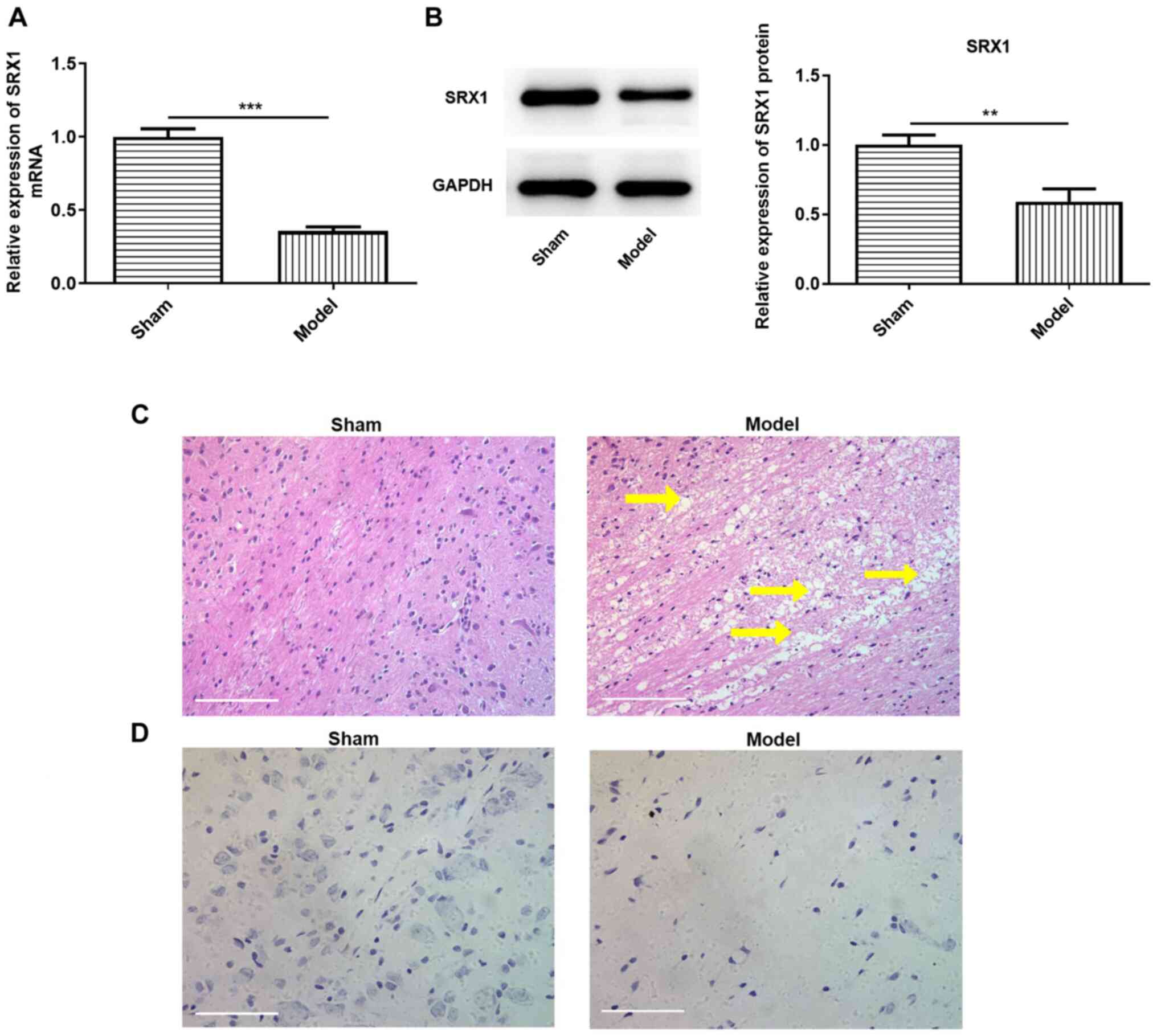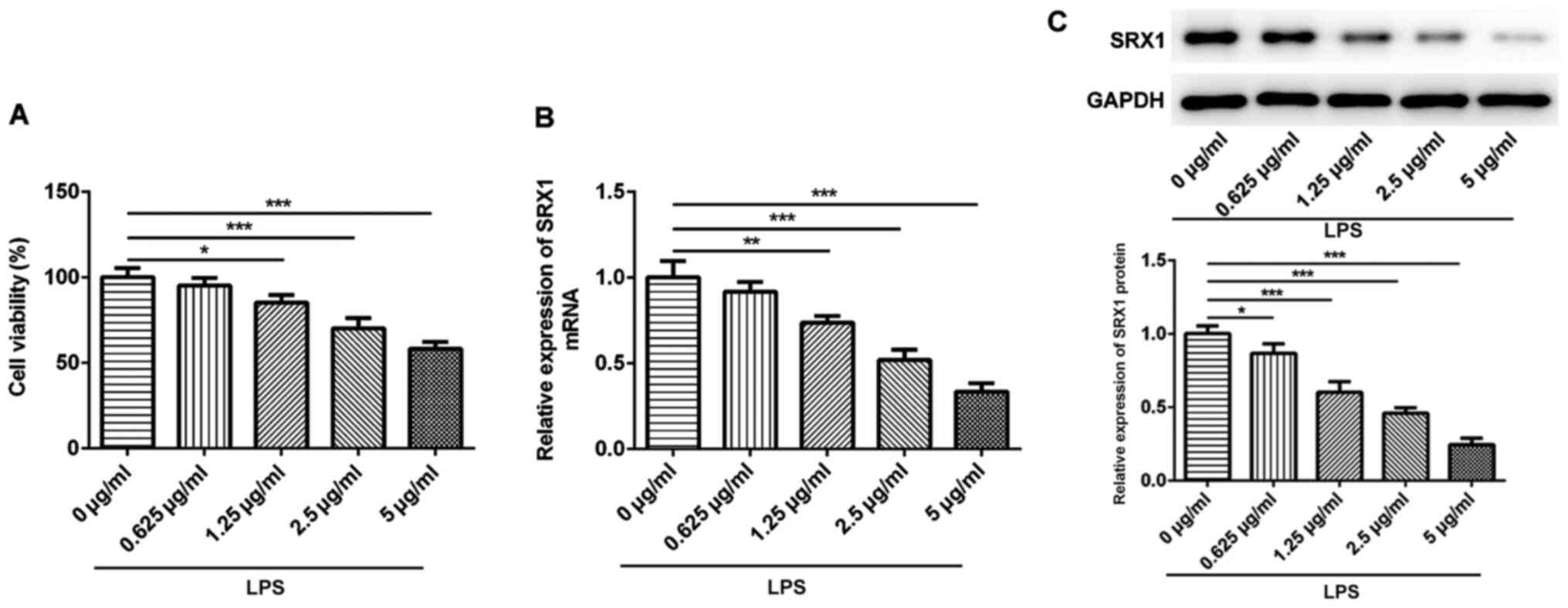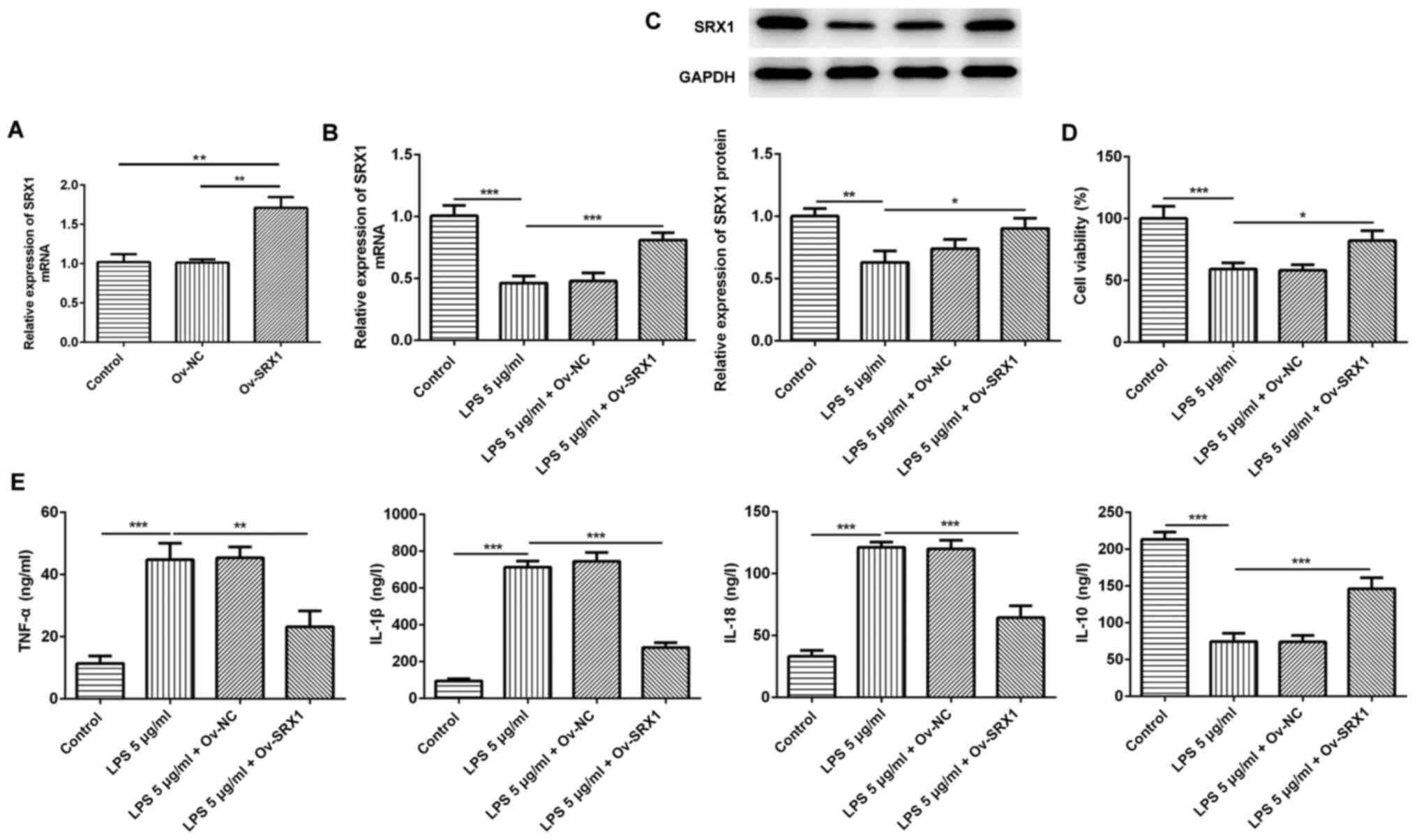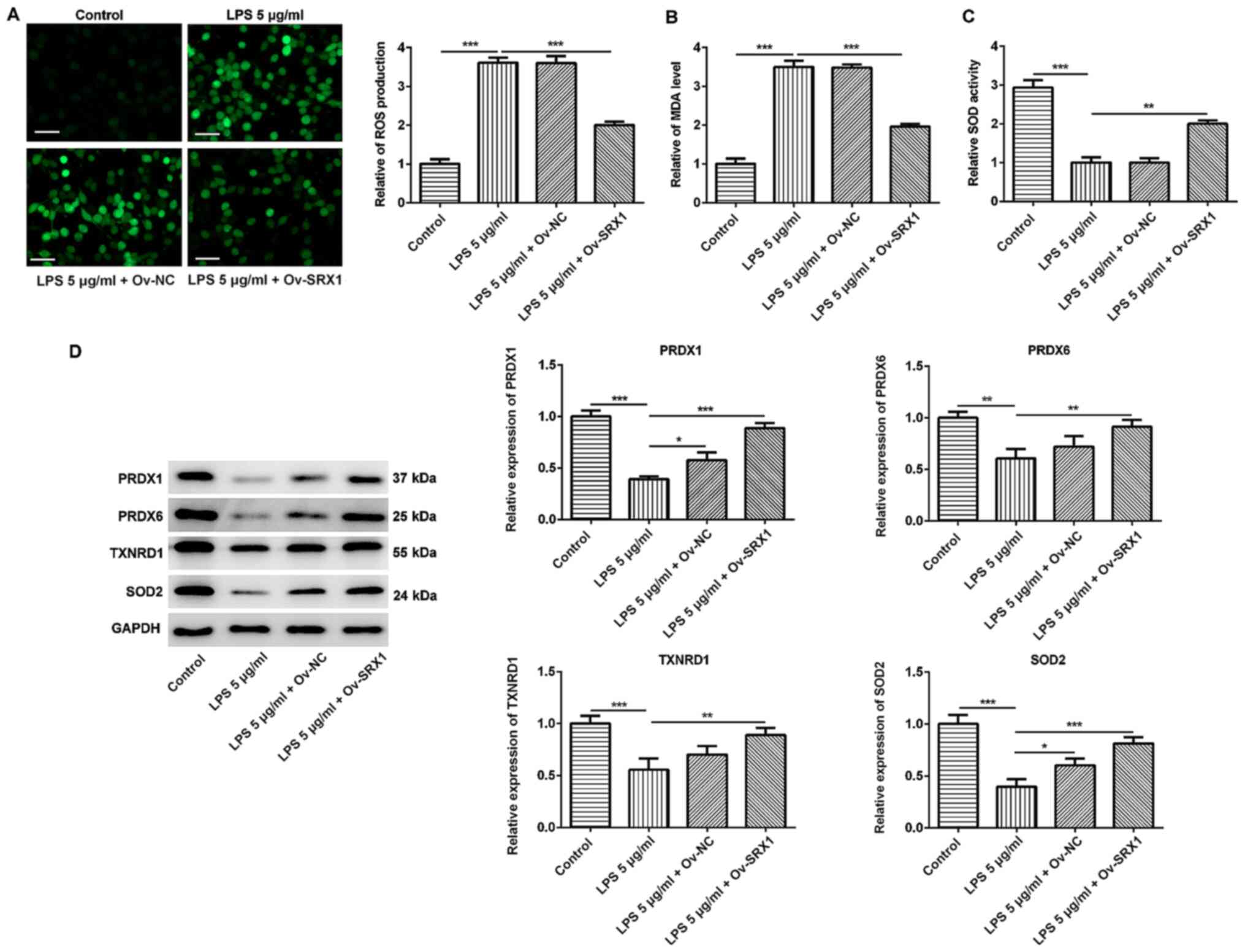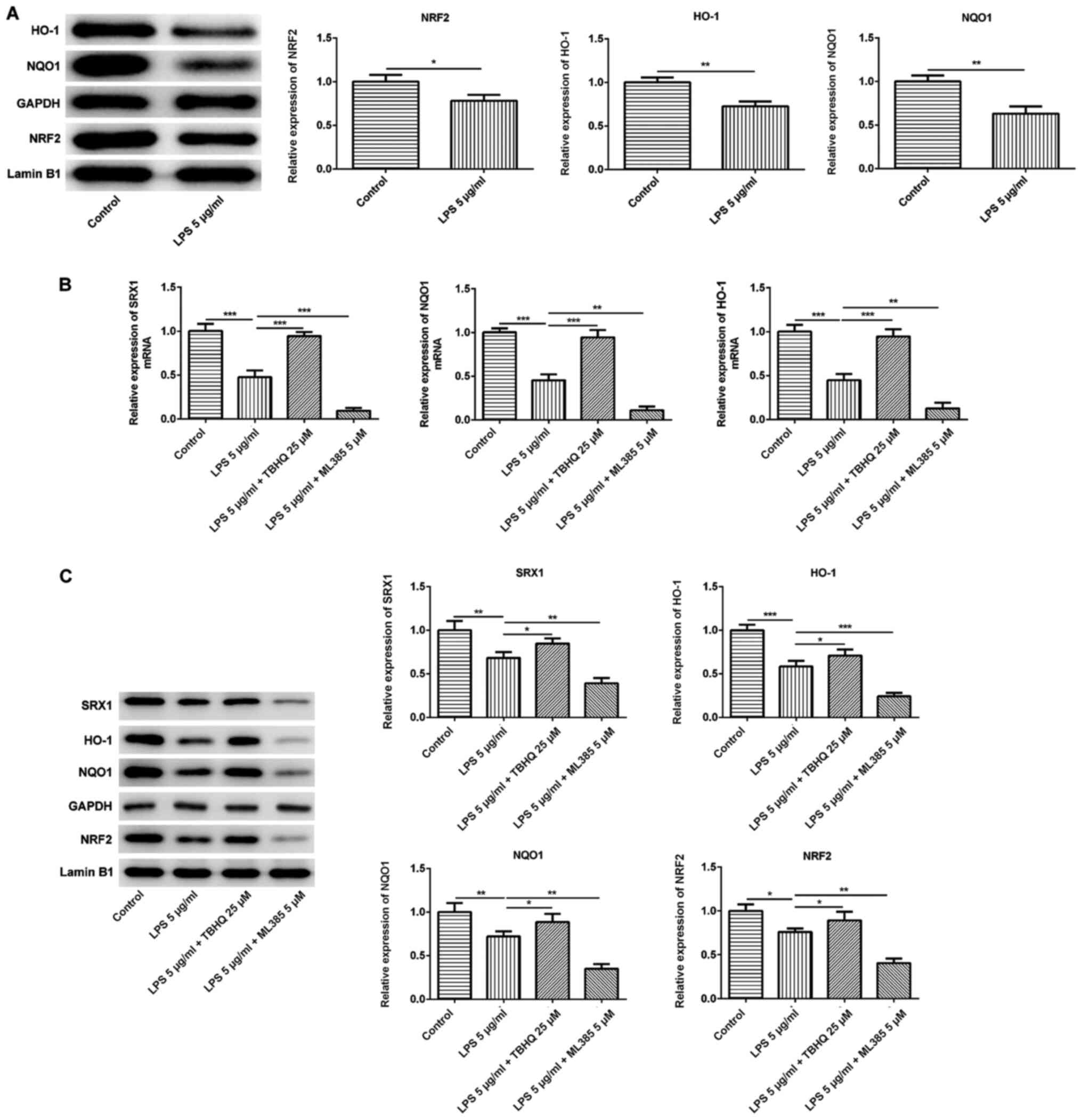|
1
|
Fakhoury M: Spinal cord injury: Overview
of experimental approaches used to restore locomotor activity. Rev
Neurosci. 26:397–405. 2015. View Article : Google Scholar : PubMed/NCBI
|
|
2
|
Scivoletto G, Miscusi M, Forcato S,
Ricciardi L, Serrao M, Bellitti R and Raco A: The rehabilitation of
spinal cord injury patients in Europe. Acta Neurochir Suppl.
124:203–210. 2017. View Article : Google Scholar : PubMed/NCBI
|
|
3
|
Friedli L, Rosenzweig ES, Barraud Q,
Schubert M, Dominici N, Awai L, Nielson JL, Musienko P, Nout-Lomas
Y, Zhong H, et al: Pronounced species divergence in corticospinal
tract reorganization and functional recovery after lateralized
spinal cord injury favors primates. Sci Transl Med. 7:302ra1342015.
View Article : Google Scholar : PubMed/NCBI
|
|
4
|
Cramer SC, Lastra L, Lacourse MG and Cohen
MJ: Brain motor system function after chronic, complete spinal cord
injury. Brain. 128:2941–2950. 2005. View Article : Google Scholar : PubMed/NCBI
|
|
5
|
Sekhon LH and Fehlings MG: Epidemiology,
demographics, and pathophysiology of acute spinal cord injury.
Spine (Phila Pa 1976). 26 (Suppl 24):S2–S12. 2001. View Article : Google Scholar : PubMed/NCBI
|
|
6
|
Beattie MS: Inflammation and apoptosis:
Linked therapeutic targets in spinal cord injury. Trends Mol Med.
10:580–583. 2004. View Article : Google Scholar : PubMed/NCBI
|
|
7
|
Lin XY, Lai BQ, Zeng X, Che MT, Ling EA,
Wu W and Zeng YS: Cell Transplantation and neuroengineering
approach for spinal cord injury treatment: A summary of current
laboratory findings and review of literature. Cell Transplant.
25:1425–1438. 2016. View Article : Google Scholar : PubMed/NCBI
|
|
8
|
Ordikhani F, Sheth S and Zustiak SP:
Polymeric particle-mediated molecular therapies to treat spinal
cord injury. Int J Pharm. 516:71–81. 2017. View Article : Google Scholar : PubMed/NCBI
|
|
9
|
Silva NA, Sousa N, Reis RL and Salgado AJ:
From basics to clinical: A comprehensive review on spinal cord
injury. Prog Neurobiol. 114:25–57. 2014. View Article : Google Scholar : PubMed/NCBI
|
|
10
|
Chen S, Ye J, Chen X, Shi J, Wu W, Lin W,
Lin W, Li Y, Fu H and Li S: Valproic acid attenuates traumatic
spinal cord injury-induced inflammation via STAT1 and NF-κB pathway
dependent of HDAC3. J Neuroinflammation. 15:1502018. View Article : Google Scholar : PubMed/NCBI
|
|
11
|
Lin X, Zhu J, Ni H, Rui Q, Sha W, Yang H,
Li D and Chen G: Treatment with 2-BFI attenuated spinal cord injury
by inhibiting oxidative stress and neuronal apoptosis via the Nrf2
signaling pathway. Front Cell Neurosci. 13:5672019. View Article : Google Scholar : PubMed/NCBI
|
|
12
|
Ying X, Tu W, Li S, Wu Q, Chen X, Zhou Y,
Hu J, Yang G and Jiang S: Hyperbaric oxygen therapy reduces
apoptosis and dendritic/synaptic degeneration via the BDNF/TrkB
signaling pathways in SCI rats. Life Sci. 229:187–199. 2019.
View Article : Google Scholar : PubMed/NCBI
|
|
13
|
Zanuzzi CN, Nishida F, Sisti MS, Barbeito
CG and Portiansky EL: Reactivity of microglia and astrocytes after
an excitotoxic injury induced by kainic acid in the rat spinal
cord. Tissue Cell. 56:31–40. 2019. View Article : Google Scholar : PubMed/NCBI
|
|
14
|
Findlay VJ, Tapiero H and Townsend DM:
Sulfiredoxin: A potential therapeutic agent? Biomed Pharmacother.
59:374–379. 2005. View Article : Google Scholar : PubMed/NCBI
|
|
15
|
Singh A, Ling G, Suhasini AN, Zhang P,
Yamamoto M, Navas-Acien A, Cosgrove G, Tuder RM, Kensler TW, Watson
WH and Biswal S: Nrf2-dependent sulfiredoxin-1 expression protects
against cigarette smoke-induced oxidative stress in lungs. Free
Radic Biol Med. 46:376–386. 2009. View Article : Google Scholar : PubMed/NCBI
|
|
16
|
Biteau B, Labarre J and Toledano MB:
ATP-dependent reduction of cysteine-sulphinic acid by S. cerevisiae
sulphiredoxin. Nature. 425:980–984. 2003. View Article : Google Scholar : PubMed/NCBI
|
|
17
|
Li Q, Yu S, Wu J, Zou Y and Zhao Y:
Sulfiredoxin-1 protects PC12 cells against oxidative stress induced
by hydrogen peroxide. J Neurosci Res. 91:861–870. 2013. View Article : Google Scholar : PubMed/NCBI
|
|
18
|
Li X, He P, Wang XL, Zhang S, Devejian N,
Bennett E and Cai C: Sulfiredoxin-1 enhances cardiac progenitor
cell survival against oxidative stress via the upregulation of the
ERK/NRF2 signal pathway. Free Radic Biol Med. 123:8–19. 2018.
View Article : Google Scholar : PubMed/NCBI
|
|
19
|
Zhang J, He Z, Guo J, Li Z, Wang X, Yang C
and Cui X: Sulfiredoxin-1 protects against simulated
ischaemia/reperfusion injury in cardiomyocyte by inhibiting
PI3K/AKT-regulated mitochondrial apoptotic pathways. Biosci Rep.
36:e003252016. View Article : Google Scholar : PubMed/NCBI
|
|
20
|
Soubeyrand M, Badner A, Vawda R, Chung YS
and Fehlings MG: Very high resolution ultrasound imaging for
real-time quantitative visualization of vascular disruption after
spinal cord injury. J Neurotrauma. 31:1767–1775. 2014. View Article : Google Scholar : PubMed/NCBI
|
|
21
|
Can H, Aydoseli A, Gömleksiz C, Göker B,
Altunrende ME, Dolgun M and Sencer A: Combined and individual use
of pancaspase inhibitor Q-VD-OPh and NMDA receptor antagonist
riluzole in experimental spinal cord injury. Ulus Travma Acil
Cerrahi Derg. 23:452–458. 2017.PubMed/NCBI
|
|
22
|
Goldshmit Y, Tang J, Siegel AL, Nguyen PD,
Kaslin J, Currie PD and Jusuf PR: Different Fgfs have distinct
roles in regulating neurogenesis after spinal cord injury in
zebrafish. Neural Dev. 13:242018. View Article : Google Scholar : PubMed/NCBI
|
|
23
|
Zhong ZX, Feng SS, Chen SZ, Chen ZM and
Chen XW: Inhibition of MSK1 promotes inflammation and apoptosis and
inhibits functional recovery after spinal cord injury. J Mol
Neurosci. 68:191–203. 2019. View Article : Google Scholar : PubMed/NCBI
|
|
24
|
Shen LM, Song ZW, Hua Y, Chao X and Liu
JB: miR-181d-5p promotes neurite outgrowth in PC12 Cells via
PI3K/Akt pathway. CNS Neurosci Ther. 23:894–906. 2017. View Article : Google Scholar : PubMed/NCBI
|
|
25
|
Martin TF and Grishanin RN: PC12 cells as
a model for studies of regulated secretion in neuronal and
endocrine cells. Methods Cell Biol. 71:267–286. 2003. View Article : Google Scholar : PubMed/NCBI
|
|
26
|
Khodagholi F and Tusi SK: Stabilization of
Nrf2 by tBHQ prevents LPS-induced apoptosis in differentiated PC12
cells. Mol Cell Biochem. 354:97–112. 2011. View Article : Google Scholar : PubMed/NCBI
|
|
27
|
Gallorini M, Petzel C, Bolay C, Hiller KA,
Cataldi A, Buchalla W, Krifka S and Schweikl H: Activation of the
Nrf2-regulated antioxidant cell response inhibits HEMA-induced
oxidative stress and supports cell viability. Biomaterials.
56:114–128. 2015. View Article : Google Scholar : PubMed/NCBI
|
|
28
|
Singh A, Venkannagari S, Oh KH, Zhang YQ,
Rohde JM, Liu L, Nimmagadda S, Sudini K, Brimacombe KR, Gajghate S,
et al: Small molecule inhibitor of NRF2 selectively intervenes
therapeutic resistance in KEAP1-deficient NSCLC tumors. ACS Chem
Biol. 11:3214–3225. 2016. View Article : Google Scholar : PubMed/NCBI
|
|
29
|
Livak KJ and Schmittgen TD: Analysis of
relative gene expression data using real-time quantitative PCR and
the 2(-Delta Delta C(T)) method. Methods. 25:402–408. 2001.
View Article : Google Scholar : PubMed/NCBI
|
|
30
|
Mittal M, Siddiqui MR, Tran K, Reddy SP
and Malik AB: Reactive oxygen species in inflammation and tissue
injury. Antioxid Redox Signal. 20:1126–1167. 2014. View Article : Google Scholar : PubMed/NCBI
|
|
31
|
Wu J, Chen Y, Yu S, Li L, Zhao X, Li Q,
Zhao J and Zhao Y: Neuroprotective effects of sulfiredoxin-1 during
cerebral ischemia/reperfusion oxidative stress injury in rats.
Brain Res Bull. 132:99–108. 2017. View Article : Google Scholar : PubMed/NCBI
|
|
32
|
Li X, Zhan J, Hou Y, Hou Y, Chen S, Luo D,
Luan J, Wang L and Lin D: Coenzyme Q10 regulation of apoptosis and
oxidative stress in H2O2 Induced BMSC death
by modulating the Nrf-2/NQO-1 signaling pathway and its application
in a model of spinal cord injury. Oxid Med Cell Longev.
2019:64930812019. View Article : Google Scholar : PubMed/NCBI
|
|
33
|
Hachem LD, Ahuja CS and Fehlings MG:
Assessment and management of acute spinal cord injury: From point
of injury to rehabilitation. J Spinal Cord Med. 40:665–675. 2017.
View Article : Google Scholar : PubMed/NCBI
|
|
34
|
Zhou Y, Zhou Y, Yu S, Wu J, Chen Y and
Zhao Y: Sulfiredoxin-1 exerts anti-apoptotic and neuroprotective
effects against oxidative stress-induced injury in rat cortical
astrocytes following exposure to oxygen-glucose deprivation and
hydrogen peroxide. Int J Mol Med. 36:43–52. 2015. View Article : Google Scholar : PubMed/NCBI
|
|
35
|
Lee JY, Joo B, Nam JH, Nam HY, Lee W, Nam
Y, Seo Y, Kang HJ, Cho HJ, Jang YP, et al: An aqueous extract of
herbal medicine ALWPs enhances cognitive performance and inhibits
LPS-induced neuroinflammation via FAK/NF-κb signaling pathways.
Front Aging Neurosci. 10:2692018. View Article : Google Scholar : PubMed/NCBI
|
|
36
|
Shah SA, Khan M, Jo MH, Jo MG, Amin FU and
Kim MO: Melatonin stimulates the SIRT1/Nrf2 signaling pathway
counteracting lipopolysaccharide (LPS)-induced oxidative stress to
rescue postnatal rat brain. CNS Neurosci Ther. 23:33–44. 2017.
View Article : Google Scholar : PubMed/NCBI
|
|
37
|
Ashtekar A, Huk D, Magner A, La Perle KMD,
Boucai L and Kirschner LS: Alterations in Sod2-induced oxidative
stress affect endocrine cancer progression. J Clin Endocrinol
Metab. 103:4135–4145. 2018. View Article : Google Scholar : PubMed/NCBI
|
|
38
|
Kubo E, Chhunchha B, Singh P, Sasaki H and
Singh DP: Sulforaphane reactivates cellular antioxidant defense by
inducing Nrf2/ARE/Prdx6 activity during aging and oxidative stress.
Sci Rep. 7:141302017. View Article : Google Scholar : PubMed/NCBI
|
|
39
|
Ding C, Fan X and Wu G: Peroxiredoxin 1-an
antioxidant enzyme in cancer. J Cell Mol Med. 21:193–202. 2017.
View Article : Google Scholar : PubMed/NCBI
|
|
40
|
Tuo L, Xiang J, Pan X, Gao Q, Zhang G,
Yang Y, Liang L, Xia J, Wang K and Tang N: PCK1 downregulation
promotes TXNRD1 expression and hepatoma cell growth via the
Nrf2/Keap1 pathway. Front Oncol. 8:6112018. View Article : Google Scholar : PubMed/NCBI
|
|
41
|
Wu S, Lu H and Bai Y: Nrf2 in cancers: A
double-edged sword. Cancer Med. 8:2252–2267. 2019. View Article : Google Scholar : PubMed/NCBI
|
|
42
|
Magesh S, Chen Y and Hu L: Small molecule
modulators of Keap1-Nrf2-are pathway as potential preventive and
therapeutic agents. Med Res Rev. 32:687–726. 2012. View Article : Google Scholar : PubMed/NCBI
|
|
43
|
Lin CW, Chen B, Huang KL, Dai YS and Teng
HL: Inhibition of autophagy by estradiol promotes locomotor
recovery after spinal cord injury in rats. Neurosci Bull.
32:137–144. 2016. View Article : Google Scholar : PubMed/NCBI
|
|
44
|
He Z, Zhou Y, Huang Y, Wang Q, Zheng B,
Zhang H, Li J, Liu Y, Wu F, Zhang X, et al: Dl-3-n-butylphthalide
improves functional recovery in rats with spinal cord injury by
inhibiting endoplasmic reticulum stress-induced apoptosis. Am J
Transl Res. 9:1075–1087. 2017.PubMed/NCBI
|















